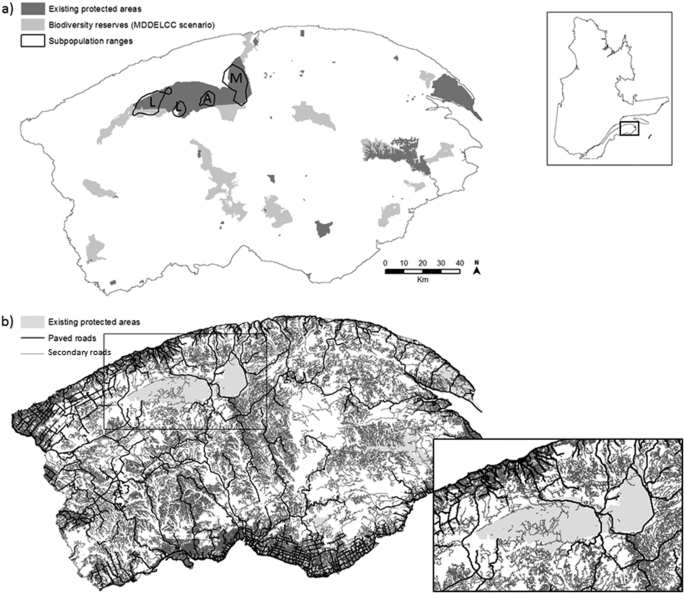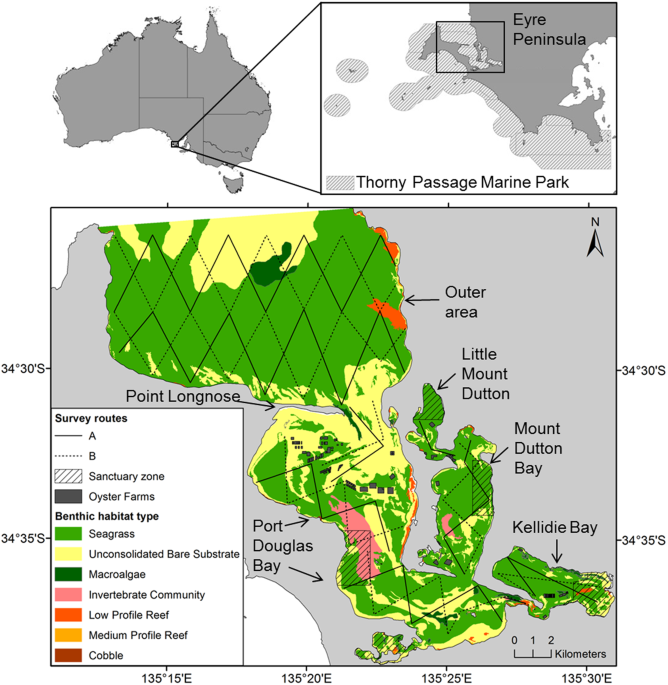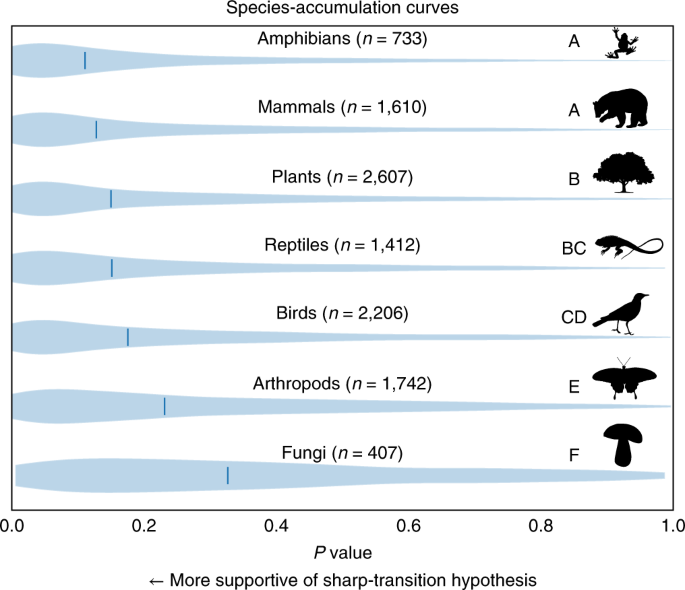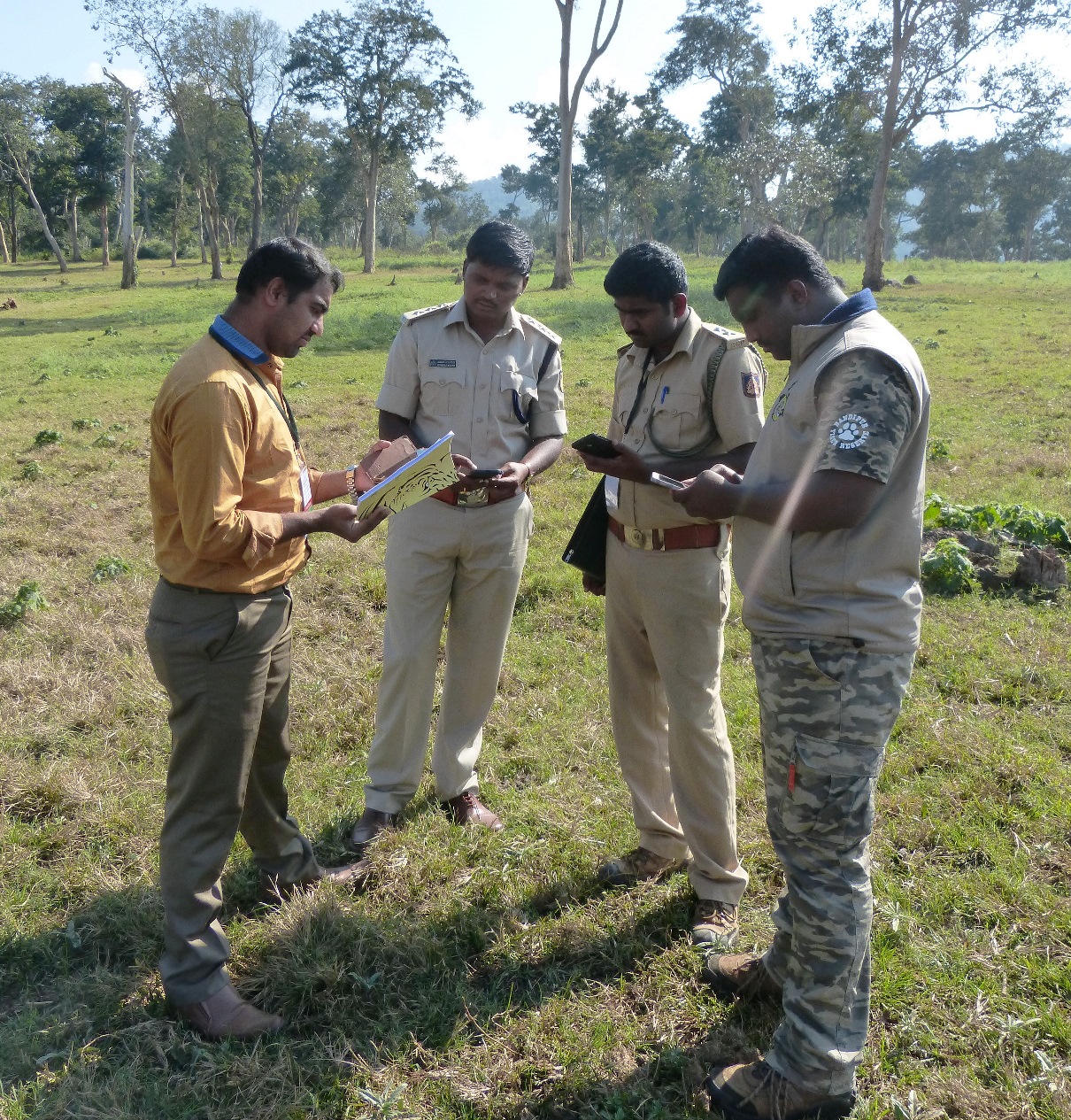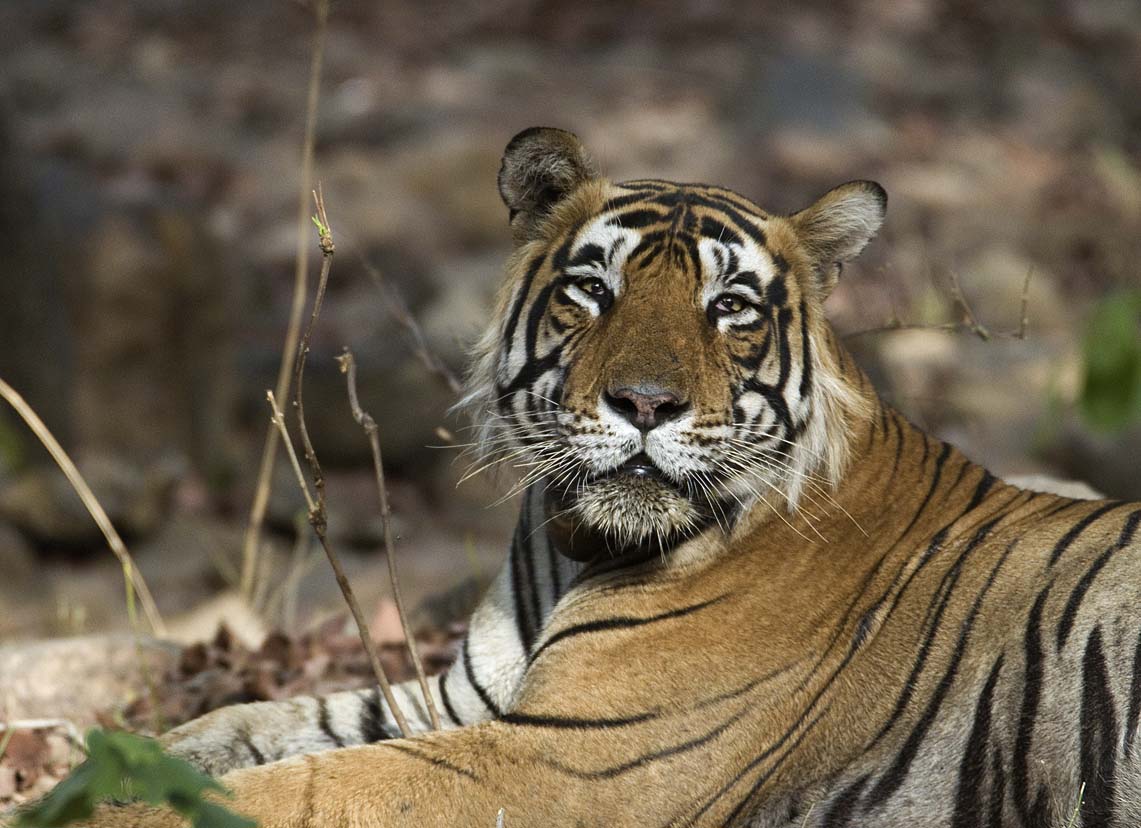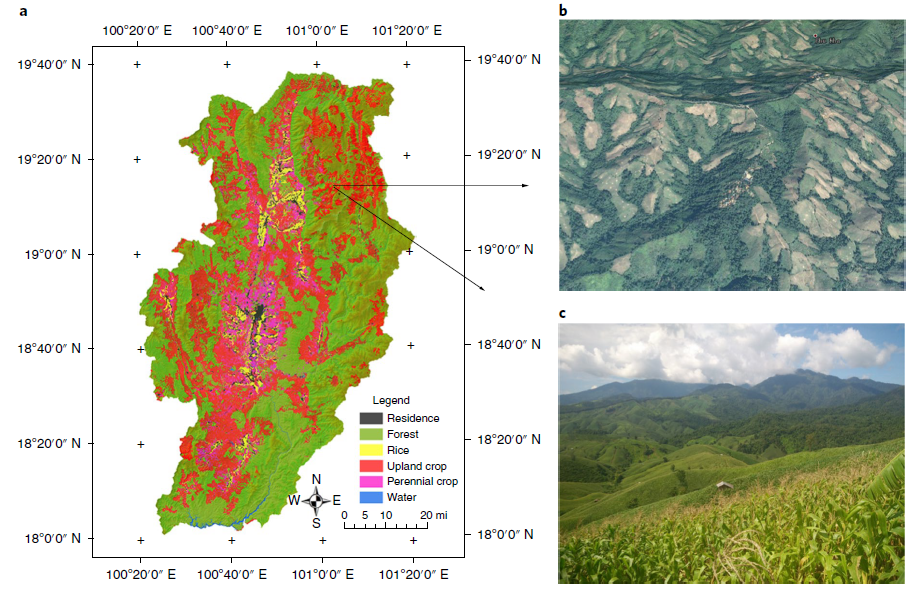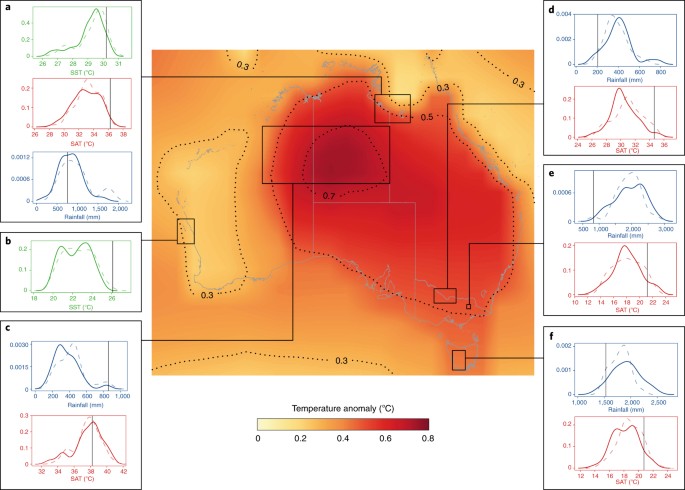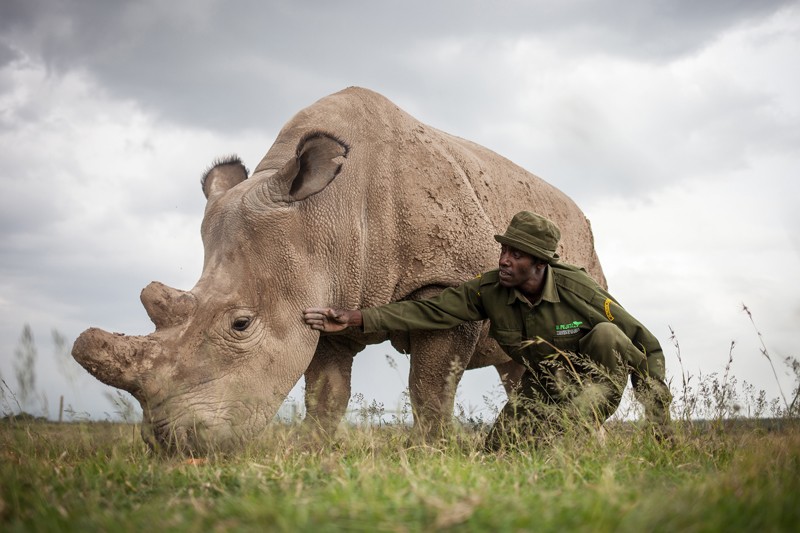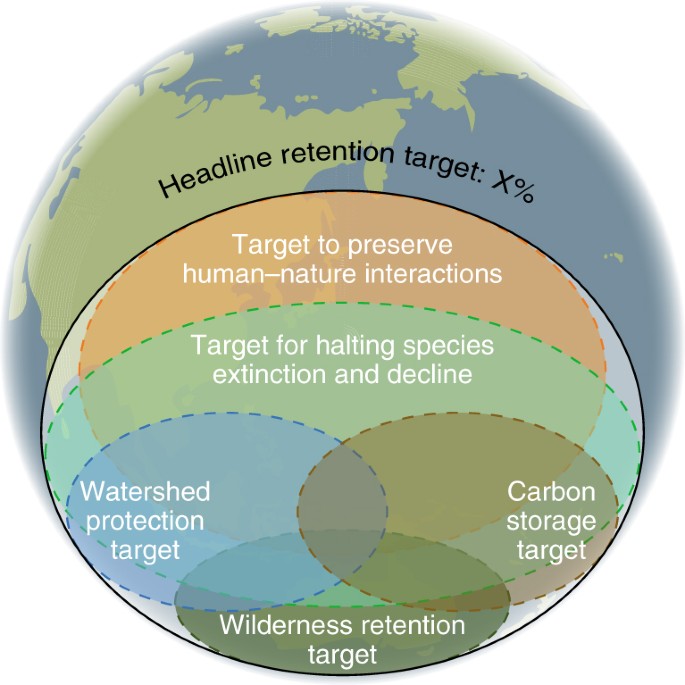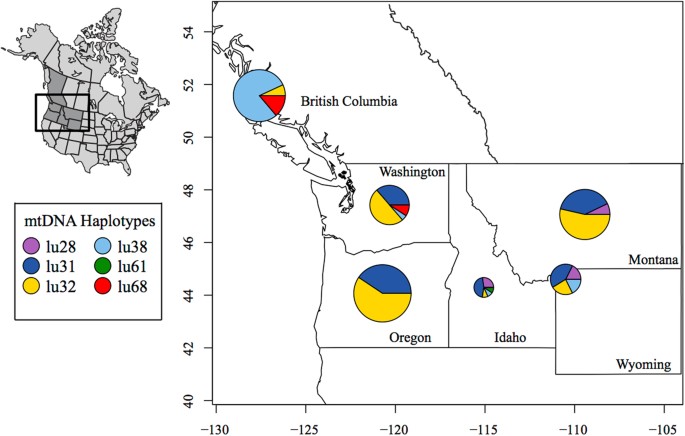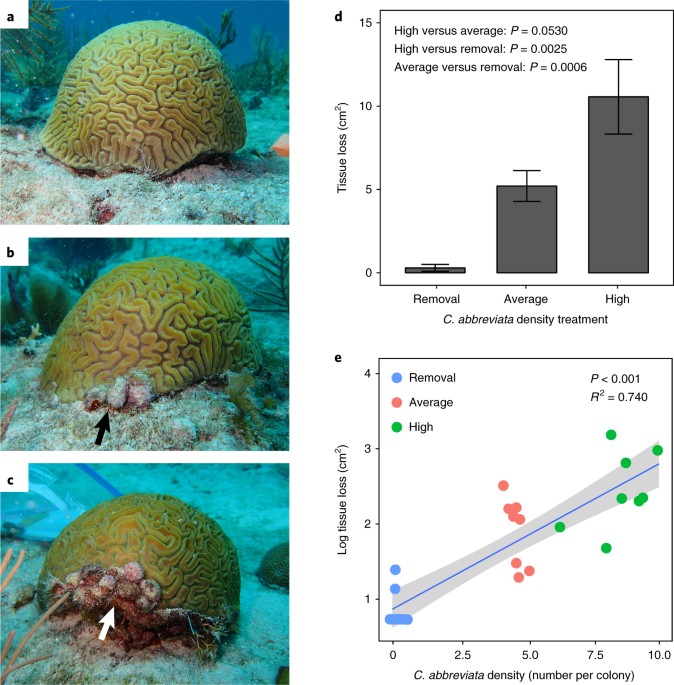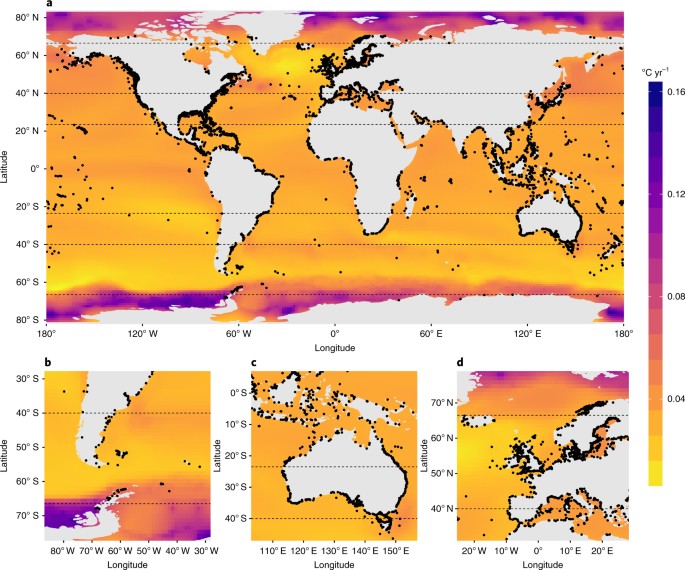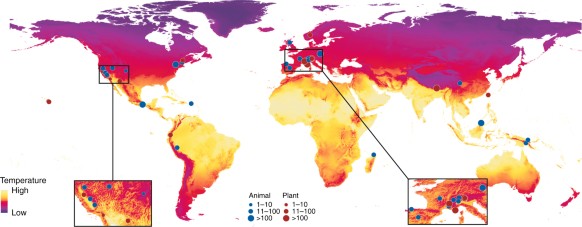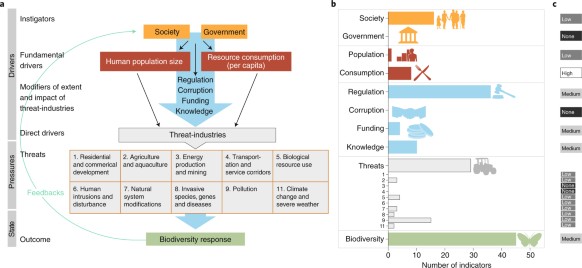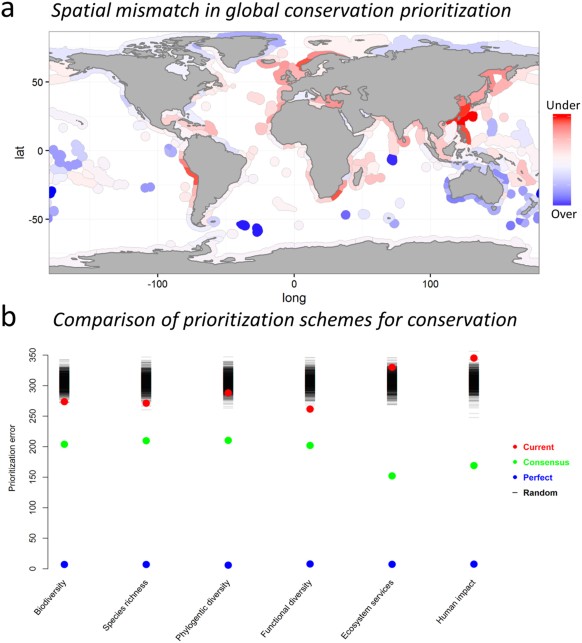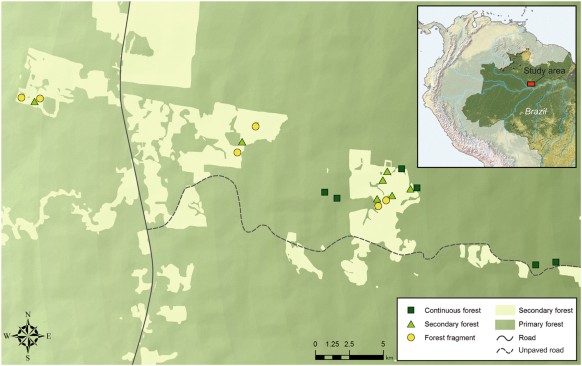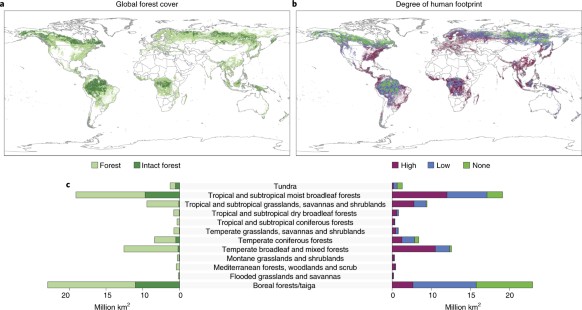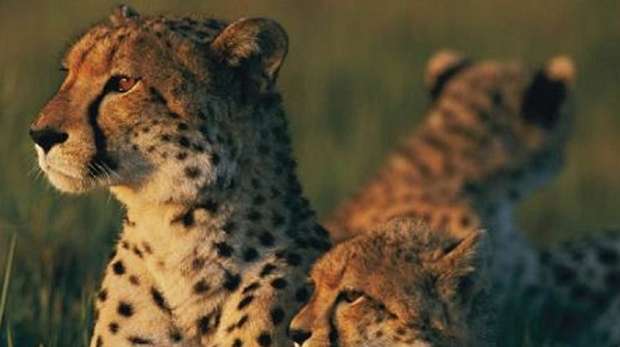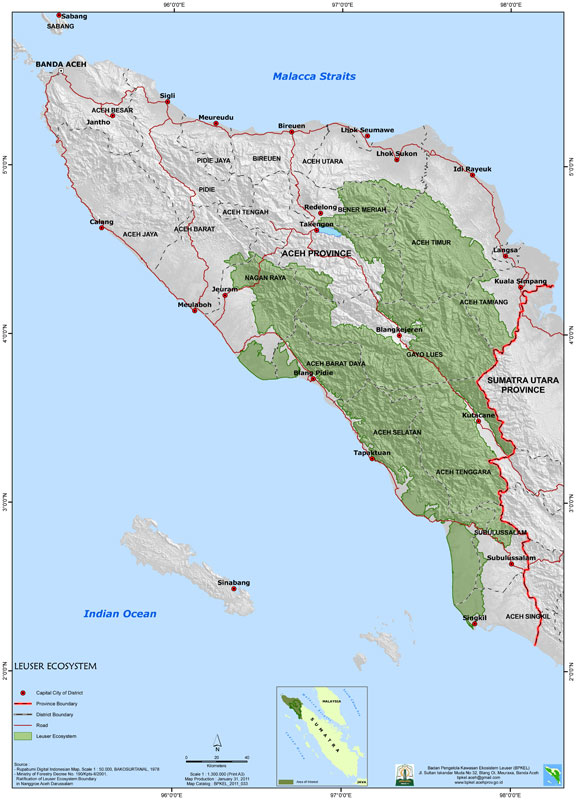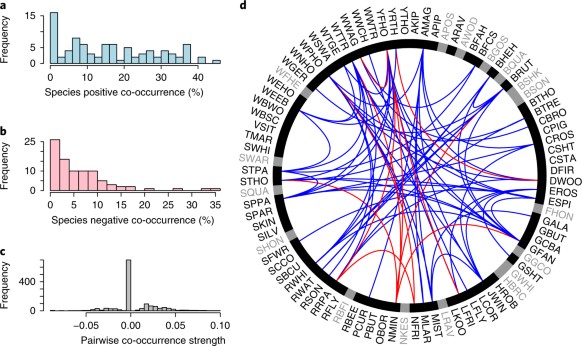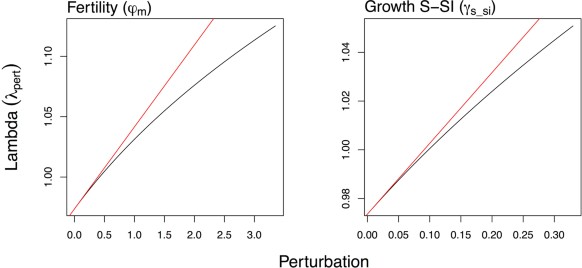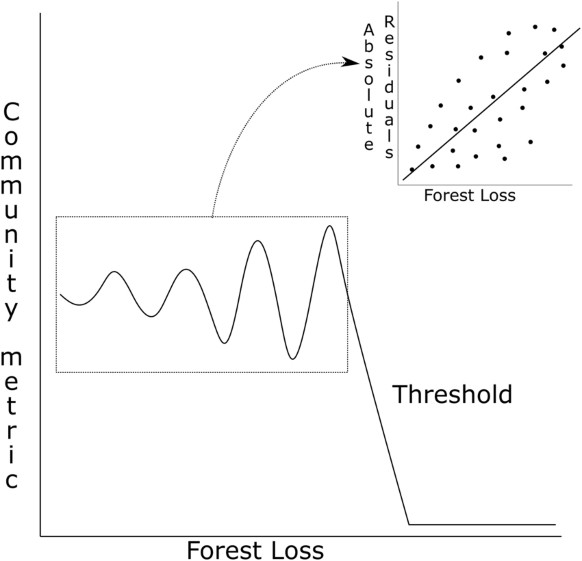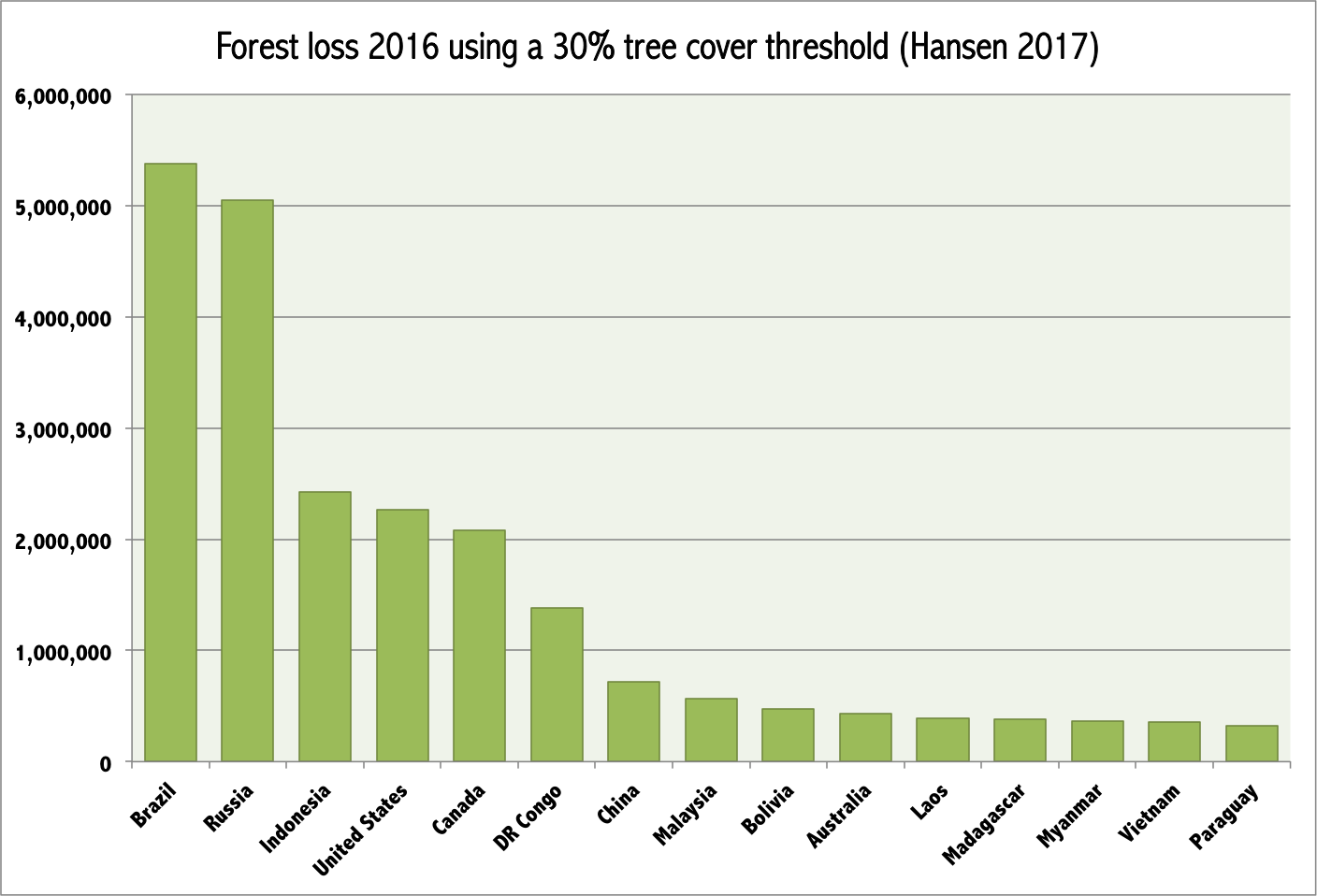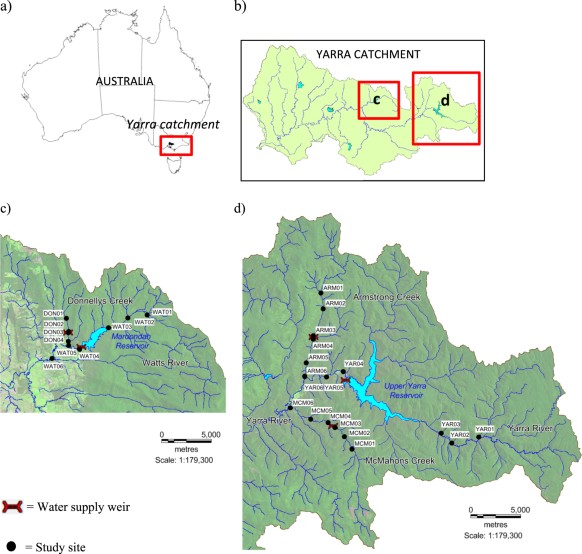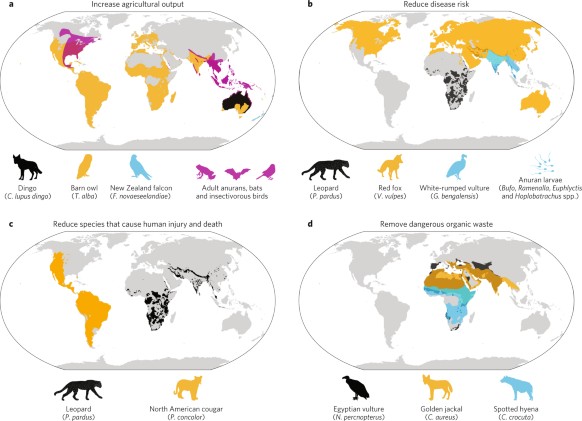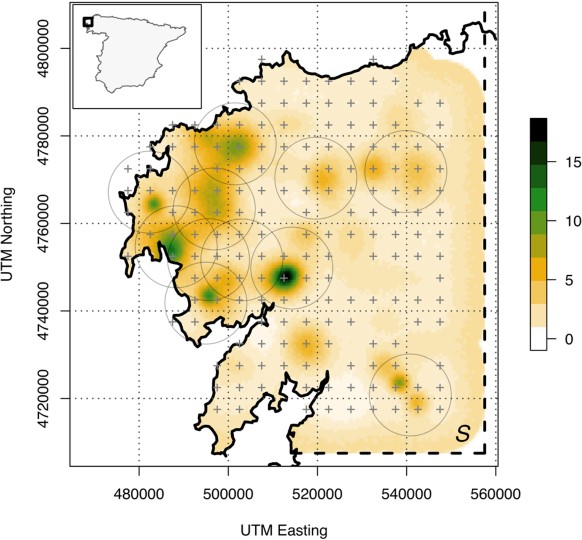
Abstract: "Decision-makers in wildlife policy require reliable population size
estimates to justify interventions, to build acceptance and support in
their decisions and, ultimately, to build trust in managing authorities.
Traditional capture-recapture approaches present two main shortcomings,
namely, the uncertainty in defining the effective sampling area, and
the spatially-induced heterogeneity in encounter probabilities. These
limitations are overcome using spatially explicit capture-recapture
approaches (SCR). Using wolves as case study, and non-invasive DNA
monitoring (faeces), we implemented a SCR with a Poisson observation
model in a single survey to estimate wolf density and population size,
and identify the locations of individual activity centres, in NW Iberia
over 4,378 km2. During the breeding period, posterior mean wolf density was 2.55 wolves/100 km2
(95% BCI=1.87–3.51), and the posterior mean population size was
111.6 ± 18.8 wolves (95% BCI=81.8–153.6). From simulation studies,
addressing different scenarios of non-independence and spatial
aggregation of individuals, we only found a slight underestimation in
population size estimates, supporting the reliability of SCR for social
species. The strategy used here (DNA monitoring combined with SCR) may
be a cost-effective way to generate reliable population estimates for
large carnivores at regional scales, especially for endangered species
or populations under game management."
Read More: "https://www.nature.com/articles/s41598-018-20675-9"


